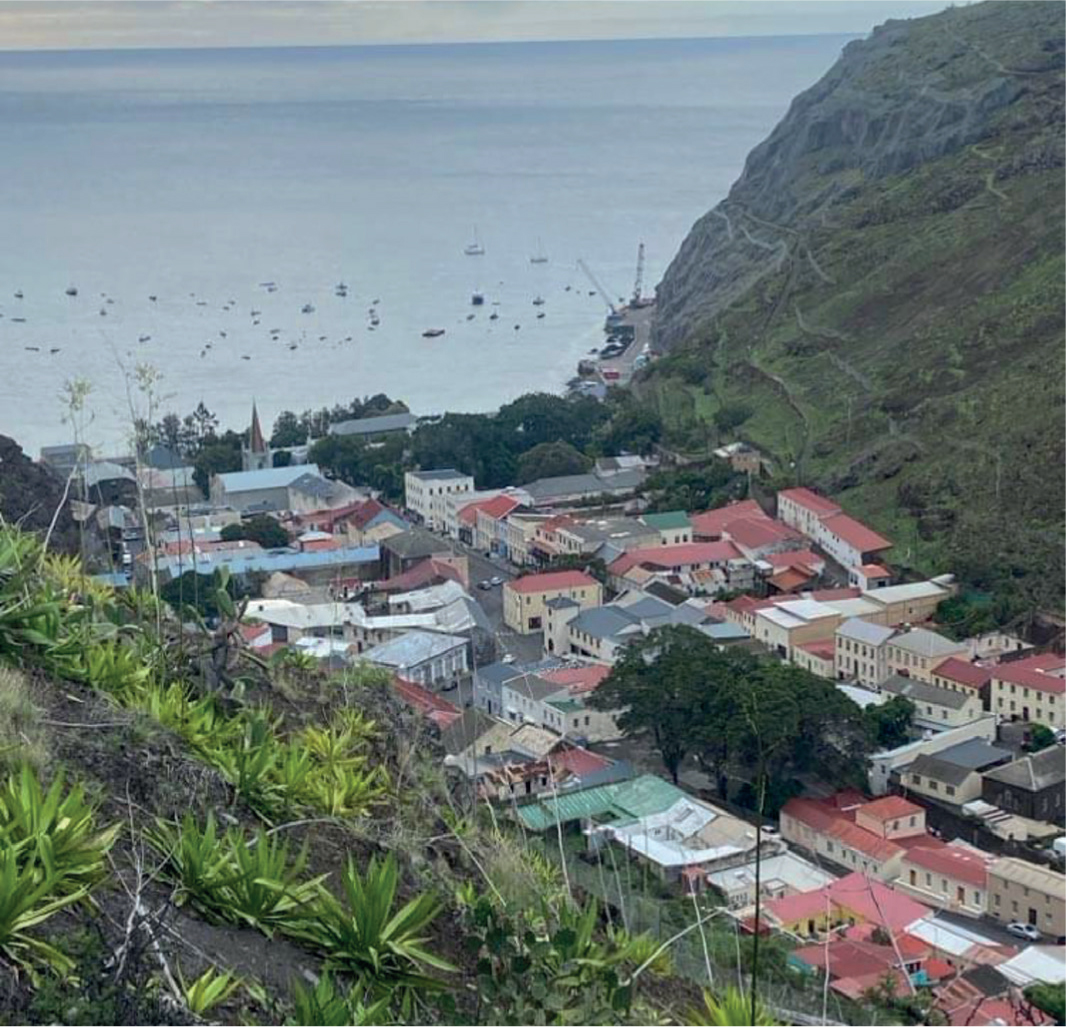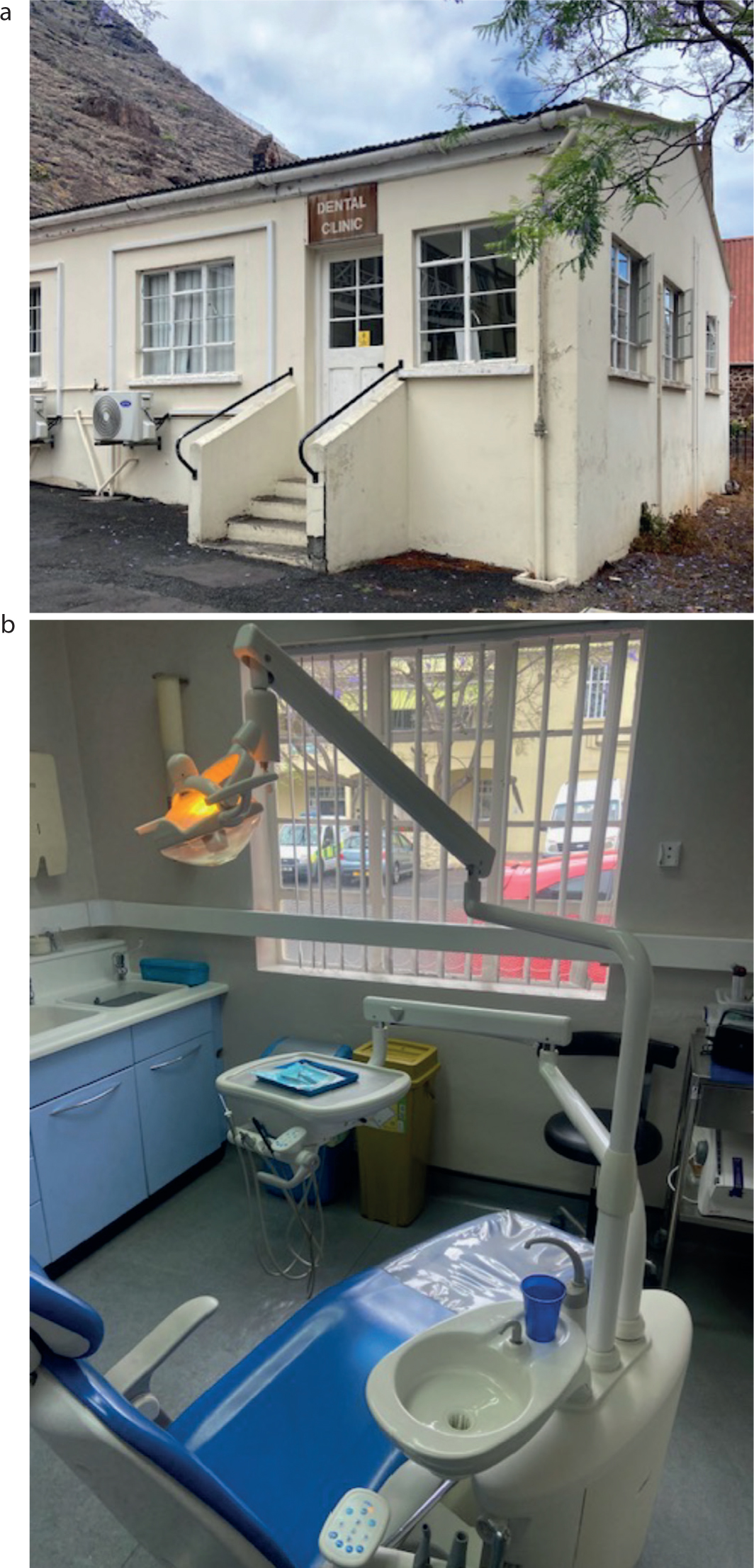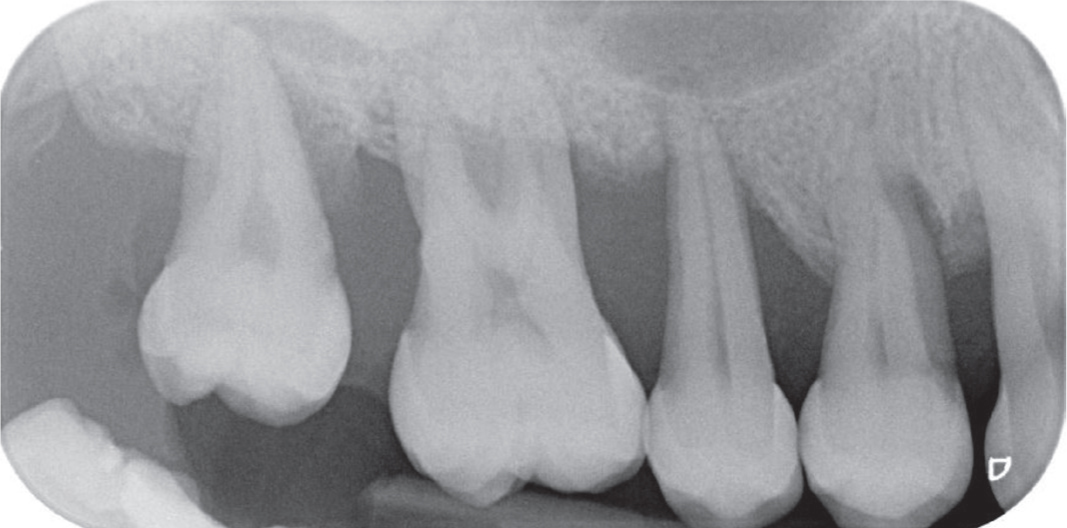Article

After a varied career as a military dental technician/maxillofacial technologist/dentist in the NHS and independent locum, I jumped at the unique opportunity of a 6-month contract with the Saint Helena Government to provide dental care to the general island population. Dentist contracts on Saint Helena can last weeks, months, or several years depending on requirement and availability of the dentist. My decision for 6 months was based on personal circumstances with the option of returning on an ad hoc basis, if required.
Saint Helena is a volcanic, subtropical island located in the south Atlantic ocean, 4928 miles from the UK. It lies between Brazil and Africa with the closest land fall 1165 nautical miles away in Angola. The island is best known as the location of Napoleon's final exile after defeat at the battle of Waterloo in 1815. Or for its record-breaking eldest resident, Jonathan, the 192-year-old giant tortoise, who arrived from the Seychelles in 1882. The currency on Saint Helena is the pound, which is interchangeable with the British pound sterling (Figure 1).

The island is one of 14 British Overseas Territories, and is only accessible by a weekly flight, and a three-weekly visit from the cargo ship, St Helena, which brings almost all food and supplies to the island. The supply chain is very brittle, which can lead to empty shelves. Delays in the departure of the ship can leave fresh fruit and vegetables sweltering on the dock in South Africa, meaning the produce may be unsaleable when it arrives in Saint Helena. There can also be problems docking in Saint Helena owing to sea conditions, leading to days where the ship is anchored at sea. There are alternatives of frozen, dried or tinned fruit and vegetables available in the shops, but many are in brine or syrup leading to unhealthy diet choices.
Fruit and vegetables are grown locally on the Island, but not enough to supply demand. The island relies on local fishermen to catch yellow fin tuna, wahoo, mackerel and conga eel (Figure 2).

The static population is around 4000 people with unique health issues. Roughly one-quarter of the residents take medication for diabetes and approximately 400 are living with pre-diabetes. Additionally, 50% are struggling to control blood pressure and 70% of adults are living with overweight or obesity. These health issues present particular challenges from a dental perspective.
Island dental care provision
Dental services are provided from the three-chair dental clinic, which is located in the grounds of the general hospital in upper Jamestown, the capital.
All routine treatments are provided, with the exception of crowns/bridges, implants and fixed orthodontics. The team is generally made up of two full-time dentists, one full-time therapist, three dental nurses and now recently, two UK-qualified dental technicians. On my arrival, there had not been a dentist for 3 months, resulting in a waiting list of dental emergency patients. Two months after my arrival, another dentist was recruited for 2 years and arrived to help with the backlog. There is a 9–12 month denture waiting list, which monopolizes most of laboratory output. For daily clinical hours see Table 1.
| Monday–Friday 8.30am–1pm and 1.30–4pm split as follows: | |
|---|---|
| 8.30–10am | Emergency dental clinic walk-ins (on first come, first served basis) |
| 8.30am–1pm | Dentist/dental therapist clinics (appointment only) |
| 1.30–4pm | Dentist/dental therapist clinics (appointment only) |
Morning walk-in emergency clinics can be busy with between rarely nil to double figures patients, with the emphasis on relief of pain, control of infection and extractions (Figure 3).

There is a requirement to provide out-of-hours on-call dental emergency cover, which includes pain, swelling, bleeding, infection and dental trauma.
Historically, there has never been a Saint Helenian-qualified dentist, so the island relies on contract health workers to provide vital health services, such as dentistry, on long and short contracts ranging from several weeks to several years.
There is no private healthcare/dental care available on the island. Examples of dental charges are split between resident and enhanced visitor fees (Table 2).
| Treatment | Resident | Visitor |
|---|---|---|
| Examination | £10 | £61 |
| Scale and polish | £5 | £73 |
| Denture repair | £5 | £16 |
| Extraction per tooth | £10 | £61 |
| Filling per tooth | £4 | £61 |
| RCT | £8 | £86 |
| Full/partial denture | £27 | £115 |
The median local wage on Saint Helena is under £10,000 per annum.1 The cost of living is high. Although there is no council tax to pay, the cost of food can be up to four times more expensive than the UK, and a month's mobile phone bill is over £50. Uncertain world events also have a massive impact on the transport cost of imported goods.
Diabetes and underlying causes of death
Saint Helena's prevalence of long-term conditions is very high. As mentioned, 25% of the population have been diagnosed with diabetes. In the most recent 20-year period (2003–2022), the three leading underlying causes of death were cardiovascular diseases, cancers (malignant neoplasms) and diabetes, which together accounted for just over two-thirds of all on-island deaths.1
The island has a largely closed population, which restricts genetic diversity and so, unusual diseases can become widespread in the population. Awareness of conditions commonly experienced on the island that are unusual in other parts of the world, such as haemophilia B, otherwise known as Christmas disease, is required, especially related to dental procedures.2
Aetiology
The exact cause of the unusually high local prevalence of diabetes mellitus is unknown, although the risk of development is dependent on a number of factors including:
These factors, which are intimately linked to the risk of diabetes and its complications, are widespread on Saint Helena, with the most deprived populations 2.5 times more likely to have diabetes at any given age than the average.
Diabetes on Saint Helena
The exact cause of diabetes mellitus is unknown, though the risk of development is dependent on a number of factors. These include genetics, lifestyle and environmental factors. Though the condition is not genetically predetermined, increased susceptibility can be inherited and triggered by environmental determinants.4
From a daily clinical point of view, routine radiographs show moderate and severe bone loss in a high proportion of cases and routine dental extractions are generally of grade II or III mobile teeth (Figure 4).

Patients suspected of having uncontrolled diabetes should be referred, with their consent, to the general medical practitioner for investigation and diagnosis.
Fortunately, there were no dental emergencies during my stay on the island, and only occasional syncope reported by long-serving dental nurses.
Implications for patients and dental professionals
A patient with diabetes may have a number of specific direct implications for the dental professional:
Island management of diabetes and periodontal disease
Dental therapy periodontal maintenance appointments
The practice is fortunate enough to have a local Saint Helenian UK qualified dental therapist who is extremely busy and follows the BSP UK clinical practice guidelines for the treatment and recall for periodontal disease.
Health fairs
The island hosts several health fairs throughout the year that give the dental team direct contact with the public away from the dental setting to give positive messages regarding oral health, diet and smoking cessation.
Community dental service screening
The dental team provide annual visits to all schools on Saint Helena for screening and dental health education purposes. This provides an ideal opportunity give positive messages in relation to oral health and general health. This is followed up with appointments at the clinic for those students requiring further treatment.
Better health initiatives
The Saint Helena Better Health Initiative was launched in January 2024, building on the strength of the Island's community spirit and family support networks. As part of the initiative, a weekly support group was run to help people adopt new, healthier habits. It also signposted people to websites that could help them make healthy lifestyle changes.
Government health promotion strategic framework
A 2-year Health Promotion Strategic Framework (HPSF) was developed early in 2018 to address the high rates of certain non-communicable diseases among the Island population. Cardiovascular disease (heart disease and stroke), type II diabetes, respiratory disease, kidney disease, and cancers are the cause of a large proportion of earlier death, chronic illness, and disability.
Dietitians
In 2017 the Island employed its first-ever dietitian, and several have followed since, providing education and support to the local population.
Conclusion
Working in remote locations far removed from the hustle of conventional life brings its own benefits and limitations. Away from the idyllic image of island life, Saint Helena has above-average rates of type II diabetes, and its bidirectional relationship with periodontal disease is well known. The main concern about treating people with diabetes is the potential for collapse owing to hypoglycaemia. Clinicians in this environment must be extra vigilant for signs and symptoms, and good communication and education is required so that patients are ware of the risk factors. Good oral health and control of periodontal disease improves glycaemic control and may contribute to the prevention of long-term complications of the disease.4
Leisure and recreation
Away from dental clinics there is so much to do. Hill walking, scuba diving, tuna fishing, whale watching, golf, Jacobs's ladder and meeting Jonathan, the 192 year old tortoise. There are many social activities with locals and hospital staff and other contract workers from around the world. Everyone is very friendly and you don't have to lock your car as there is virtually no crime. There is currently a vacancy for a dentist on the island.
